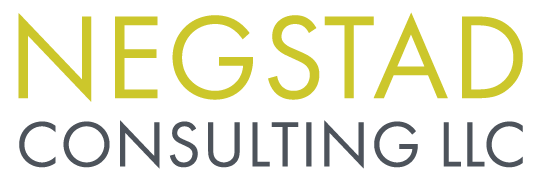5 Minutes on Transitioning to Performance Learning
There are a lot of reasons to make the shift from an annual performance evaluation to Performance Learning.
But here’s the real heart of the matter:
Annual performance evaluations are a static tool.
We pause, usually at the end of the year or the fiscal year, and review the past.
They are supervisor-led (even if there is an employee section) and employees often end up feeling judged.
Bottom-line, the way we do and have done annual performance evaluations is problematic.
In contrast, Performance Learning points to the future, rather than the past.
It happens in an organization that supports learning and growth for all employees.
The system is dynamic, meaning it embraces change, even when it’s not linear or predictable. And, importantly, it’s employee-centered.
At the heart of Performance Learning is a growth mindset.
“In a growth mindset, people believe that their most basic abilities can be developed through dedication and hard work – brains and talents are just the starting point. This view creates a love of learning and a resilience that is essential for great accomplishment.” – Carol Dweck, 2015
If any of this has you considering making the transition to Performance Learning, keep reading. Below I’ll give you tips for getting in the right mindset to make the shift. Then I’ll share a few ideas for practical places to start making changes.
Getting in the Right Mindset
I love helping organizations make the transition from Performance Evaluations to Performance Learning.
It’s about more than just adopting a new tool. It’s also a shift in your organizational culture.
That’s why I have clients start by uncovering their beliefs and mindsets, as an organization, about how performance happens.
I also work with organizations to establish goals for the Performance Learning System.
You can do this by asking questions like:
What are our beliefs about how strong/effective performance happens? Do we have a shared understanding about how employees perform at their best?
What is same/different about our approaches to supervision?
Do we have organization-wide expectations for staff?
What are our hopes and goals for a new performance learning system?
Create some shared goals for the new system….Once you have the goals you can create some steps/tools to help achieve the goals.
The conversations you have with your team as you develop your beliefs about performance and goals for your new system will give you rich information about what mindsets might need to shift, and how people are feeling about the change.
Practical Places to Start
There are a lot of ways to implement a Performance Learning system. But I like to usually start with three places.
Employee Self-Reflection: These help keep the system truly employee driven. The employee reflects on their work, thinks about possible opportunities for improvement, and brings what they want to the supervisor conversation.
One-on-One Conversations: Doing these regularly and well will be the backbone of the Performance Learning System
Introduce Feedback Support: It can be hard to give and to receive feedback. Make sure your organization gives both supervisors and employees the support they need to get the most out of this system.
Hopefully that gives you some new ideas and concrete places to start. I’d love to hear from you.
Are you ready to implement a Performance Learning system? What excites you the most? What will be the biggest barrier?
Keep reading here to learn about how to support giving and receiving feedback.

